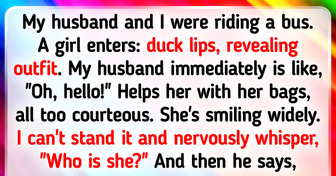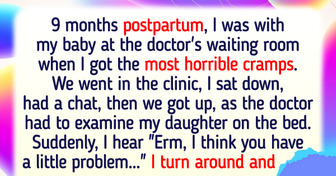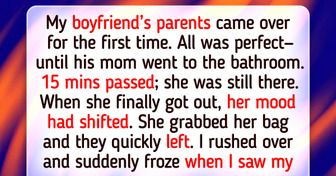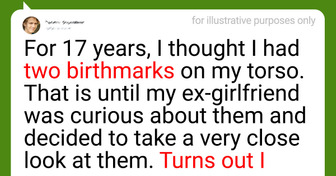I Lied to My Husband and Now He’s Taking It Out on My Daughter

A strong wind is blowing, black clouds cover the sky, thunder is rumbling, and it’s pouring down with rain. A storm is coming. But you don’t care.
You’re sitting in your apartment, listening to music and typing something on your computer. You hear thunderclap, look out the window, and see a heavy downpour, a hurricane, and lightning flashes. You close all the windows and go back to the computer. And then BAM!
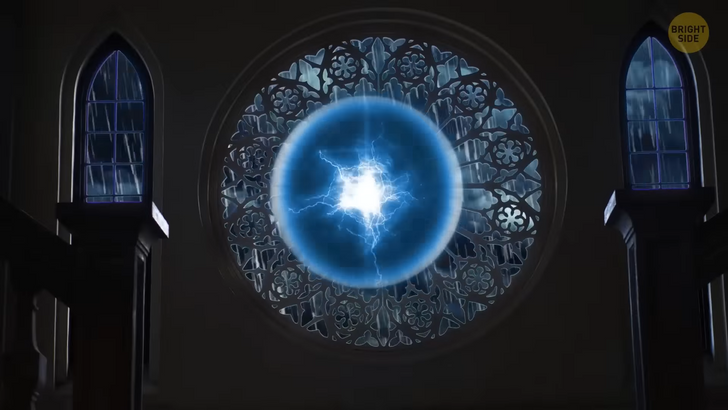
It seems that lightning struck near your house. Your laptop and all electrical appliances in the home go off. The light goes out. You get scared. At this moment, you hear a strange hissing sound. You see how, like a phantom, a round glowing ball of electricity flies into your house through a closed window.
It penetrates your room, hovers in the air, waits for something, and then flies back through the walls. The light turns on, and everything comes back to normal. You’ve just seen a real natural phenomenon called Ball lightning. And you’re fortunate to be alive after meeting it. This is a rare phenomenon.
Ball lightning appears during a thunderstorm in the form of a floating sphere. It can change color from blue to orange and yellow. It’s the approximate size of a basketball but can also be much more significant. This lightning makes a hissing sound and a pungent smell. Phew.
The first records of ball lightning were made in 1638 in England. Then a giant glowing ball flew into the church window. Since then, there has been a lot of evidence of how ball lightning got into houses and frightened people.
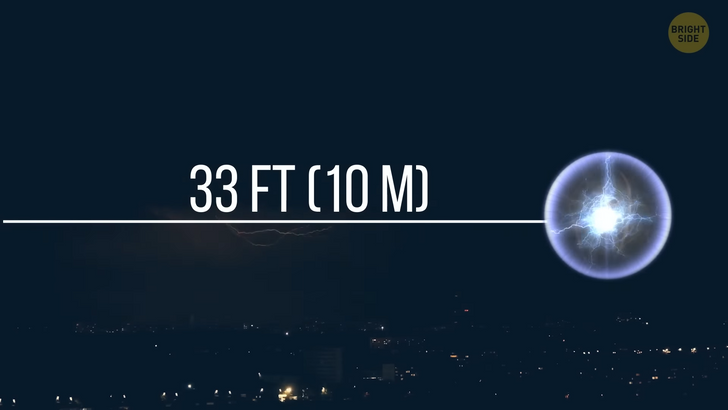
In the 20th and 21st centuries, scientists actively investigated this phenomenon. They found out that half of the cases with ball lightning were just hallucinations caused by magnetic fields during a thunderstorm. But they couldn’t wholly refute the fact of the existence of ball lightning. They agreed that this phenomenon existed, and once they managed to record it.
The phenomenon of ball lightning was caught in China. Researchers studied the behavior of thunderstorms in 2012 using video cameras and spectrometers. They saw a usual lightning strike, after which the ball appeared. It flew horizontally about 33 feet and disappeared. The spectrometer showed that the ball consisted of silicon, iron, and calcium. If it’s real, then what is its nature?
There are several theories. Perhaps that ball lightning occurs as a result of a lightning strike on the ground. Oxygen and evaporated elements from the soil create a reaction in the form of a round clot of energy. This explains why the spectrometer in 2012 recorded the same calcium in the ball lightning as in the ground.
Another theory says that glass can generate these balls. Atmospheric ions accumulate on the glass surface and create an electric field. Together with a lightning strike, this field turns into ball lightning. That’s why there’s so much evidence that the sphere flies into the building through the window.
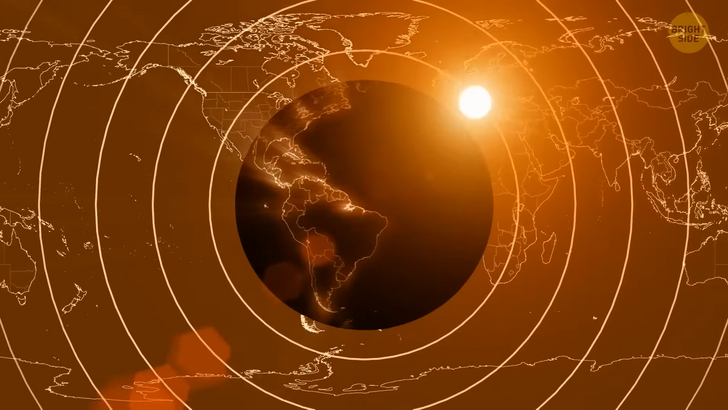
In 2016, scientists pointed out that a lightning strike on the ground created microwave radiation that can form into a plasma bubble. This floating electric plasma takes a round shape and hovers in the air for a few seconds. Earthquakes can create ball lightning too. During ground tremors, flashes of light appear from the depths of the crust. It’s like lightning that comes not from the sky, but the ground. Some of these lights may look like floating blue spheres.
In 2014, scientists studied earthquake lights and found that some rocks emit electrical discharges during seismic wave impacts. In 2006, researchers at a university in Tel Aviv created a laboratory to study ball lightning. They used microwave radiation to recreate a lightning-like electric charge.
In 2018, quantum physicists made a complex synthetic magnetic field similar to ball lightning. Physicists, chemists, meteorologists, and other scientists have conducted research and laboratory experiments many times to understand the nature of this phenomenon. But so far, no one has succeeded.
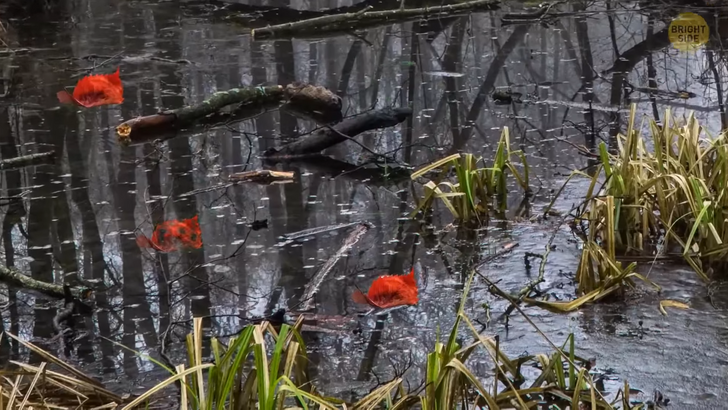
Other glowing balls are less dangerous but still mysterious. In clear weather, you can see strange glowing lights away from cities, somewhere in a swampy area. Previously, when there was no electricity, people noticed these lights, they thought someone needed help. What if some guy is stuck in the swamp and shines a kerosene lamp to get seen? People went to these lights to help but fell into the swamp. And the light either flew away or disappeared.
Some records speak of several lights at once. They moved quickly and changed their colors. Many believed that these were some kind of mystical creatures that lured people into traps. But over time, scientists managed to uncover the mystery of this phenomenon. Bioluminescent fungi and algae grow in swampy places.
Sometimes they glow with blue light and create the illusion of glowing lights from a distance. Also, there’s a lot of plant material in the swamps — leaves, grass, mud, clay, and tree branches. These substances decompose rapidly in humid conditions and release methane. As soon as methane contacts air, it ignites. The flame flies over the swamp in the form of a burning ball.
Mysterious lights appear not only in swamps. People see them in deserts or mountainous areas. Somewhere it’s headlights from cars. In other cases, it’s the signal lights of an airplane. But in many cases, the nature of such lights remains unknown.
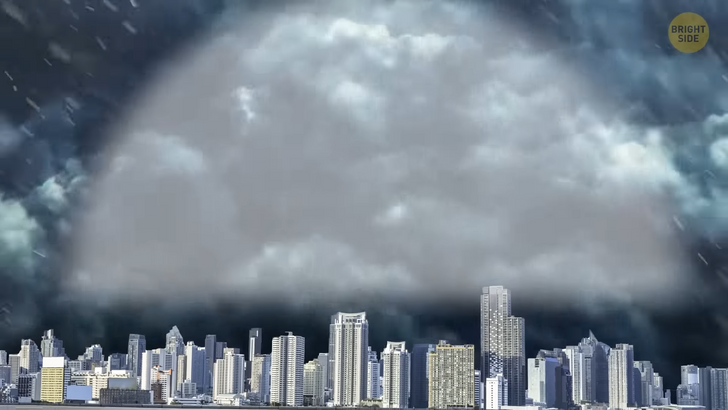
And now imagine a huge ball, the size of a small city. It’s like a dome, covers a large area, and protects it from tornados and storms. This phenomenon is called the Delco weather bubble and is located in Delaware County, Pennsylvania. That’s how it all started.
In 1996, one of the strongest snow storms of the 20th century hit the US East Coast. It was named The Blizzard of 1996. It covered almost all of Pennsylvania, but in the small town of Delaware County, Delco for short, the weather was good. The storm raged around but didn’t touch the city. Since that year, the locals have believed that an abnormal weather bubble protects their houses.
However, there’s no scientific evidence of the existence of this bubble. After The Blizzard of 1996, there were several more storms in the area, and forecasters claimed some storms would also cover Delco. But contrary to their forecasts, the weather there was excellent. Strangely, there is no meteorological evidence of this.
One of the residents decided to investigate this phenomenon seriously. He followed the weather forecasts, looked at satellite photos, and saw how the black clouds diverged around the city. It rained heavily in the neighboring towns, but not Delco. This seems like convincing proof. And the question is should we believe the locals?
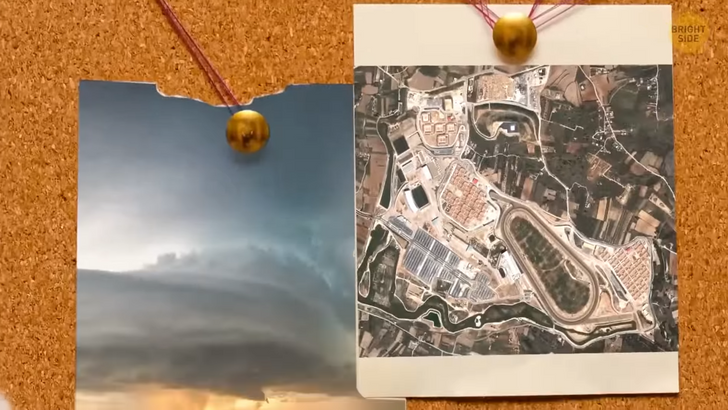
There’s one scientific explanation explaining the nature of this phenomenon. Storms may weaken here thanks to the sea air that accumulates in the Delco area. The street and the city’s surrounding area are filled with this humid cold air. It creates a sort of stabilization of the atmosphere. And when intense storms from the West collide with Delco’s air, they lose a significant part of their strength. And it seems as if bad weather just bypasses the city. But there’s another explanation. A psychological one.
All the known information about the weather bubble came from the stories of residents. They seek confirmation of this phenomenon and write about it on social media. Someone said that they had seen a tornado pass by his house. Others claimed that the bubble had saved them from a downpour. People think that it didn’t affect others if there was no trouble with their house.
Imagine that TV shows say that a storm has started in your city. You look out of the window and see a clear sky. No wind and rain. It seems to you that the bubble has saved you again. Although behind you, a few hundred feet from your backyard, a tornado is raging and tearing down the roofs of buildings. But you didn’t see it and wrote to the social network that Delco has saved your city again. In this sense, the weather bubble becomes more like a virtual one, thanks to the people who write about it.



